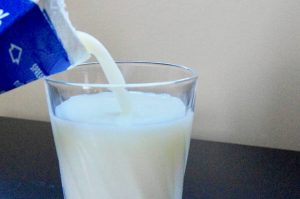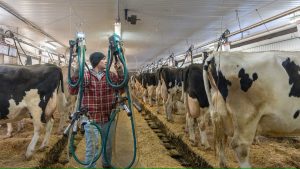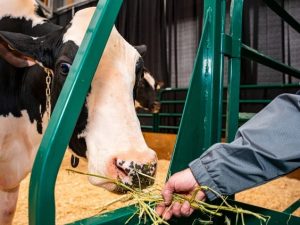
Keeping your employees healthy, stopping community spread and ensuring your operation can continue is top priority.
Your dairy’s COVID-19 operation plan
Many provinces require every workplace to have a COVID-19 operation plan. Topics should include things such as: safety procedures, guidelines and controls, personal hygiene, sanitization measures, social distancing measures, personal protective equipment (PPE) and health screenings. Make sure all of your employees have read and reviewed your operation’s COVID-19 plan and procedures.
One of the first steps to ensure you are ready for the second wave or a local outbreak is to review the current controls you have implemented as part of your COVID-19 dairy operation plan. Ask yourself and your employees these questions:
Have you implemented controls to minimize and prevent the spread of COVID-19 on your dairy?
Is everyone following the requirements?
What are the roadblocks that have prevented you from following the controls? How can you overcome them?
Are additional controls needed, or does the plan need to be altered in any way?
You must continue to be vigilant with the control measures you have put in place. Limit entry onto your dairy where possible. Clean and sanitize commonly touched surfaces, and make sure everyone washes their hands or uses sanitizer regularly. Continue your screening process for employees and visitors. Ensure everyone wears a mask when required, and follow social distancing protocols by maintaining 2 metres of distance.
Some other steps you should take include:
Plan for additional restrictions. Determine how your dairy could be affected in the situation of employees being unable to get to the dairy. Plan for a situation where contractors and delivery drivers may not be able to get to your dairy at their usual set times.
Keep your emergency contact list up to date.
Continue monitoring COVID-19 in your area, so you know what stage your region is in and how the pandemic is trending. How would a change affect your daily operations?
Ensure you have enough PPE and other supplies in the event of a second wave.
Work with employees to minimize stress and anxiety.
Encourage employees to follow safety protocols outside the workplace.
By planning ahead for all situations, you will save time, frustration and anxiety when faced with a difficult scenario. It can be easy to think you will not be affected, and everything will continue as normal. If 2020 has taught us anything, it is that normal can fly out the window in a moment’s notice, and it is best to be prepared.
If you have questions about how you can prepare your dairy for a potential second wave, or for other COVID-19 plans, please do not hesitate to call us at (519) 532-2508.
Author’s note: This article was written Sept. 30. Please follow directions, laws and regulations set forth by your local health department and provincial guidelines in your area.

























